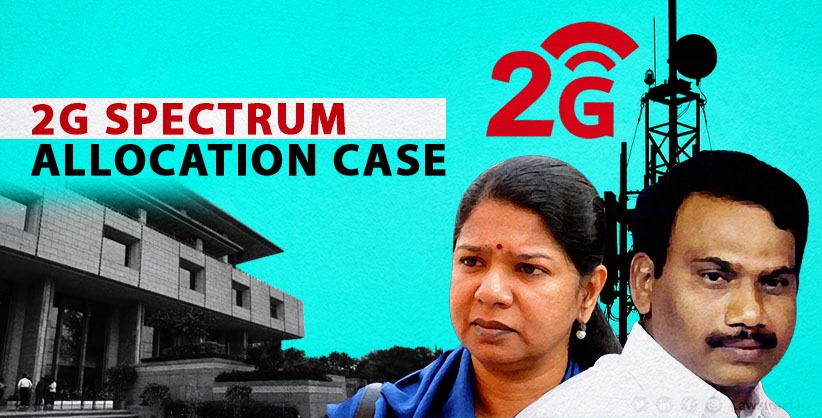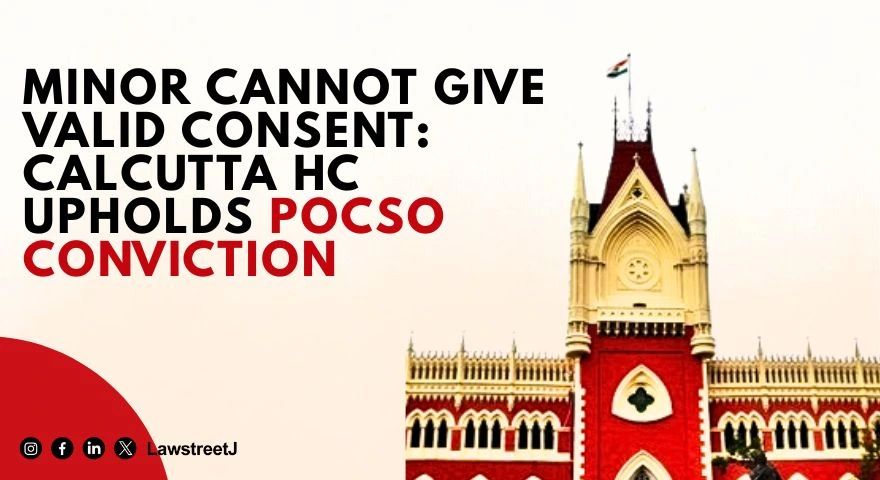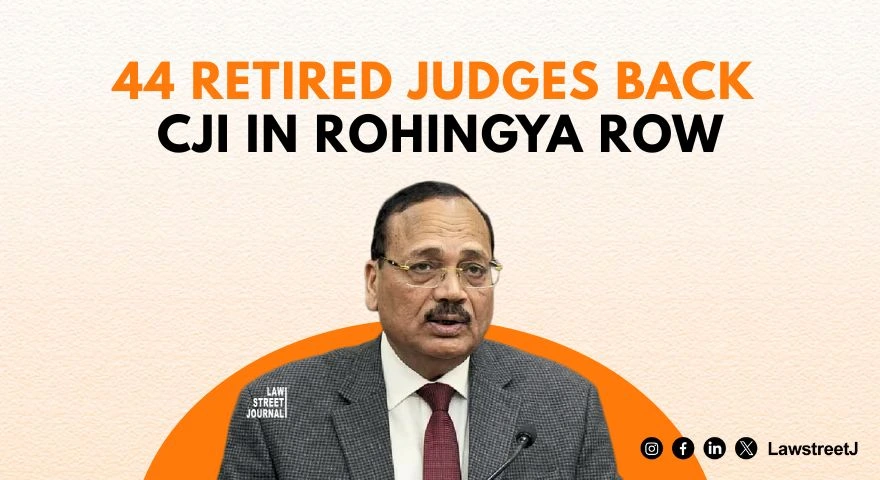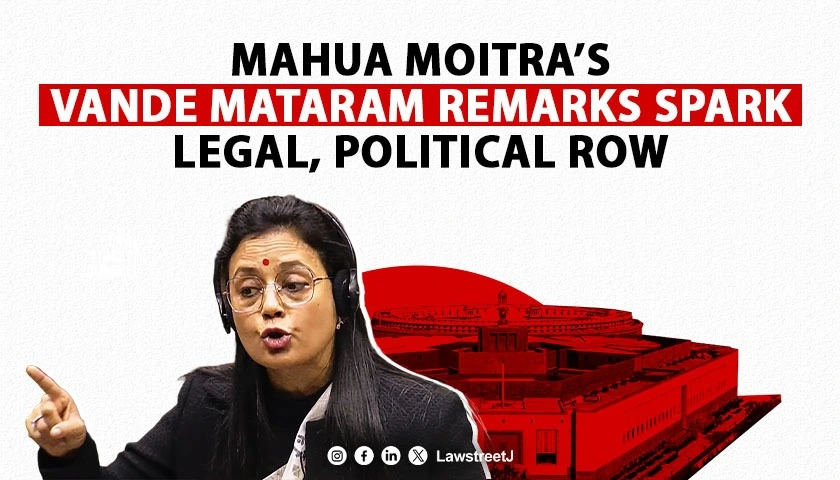New Delhi: The Delhi High Court on November 24, 2025, dismissed a batch of petitions challenging proceedings initiated by the Directorate of Enforcement (ED) under the Prevention of Money Laundering Act, 2002 (PMLA), upholding the validity of the Provisional Attachment Orders (PAOs) issued in connection with an international cricket betting and hawala network.
A Division Bench of Hon’ble Mr. Justice Anil Kshetarpal and Hon’ble Mr. Justice Harish Vaidyanathan Shankar delivered the judgment, focusing on the maintainability of the writ petitions, the sufficiency of the “reason to believe” recorded by the authorities, and whether the attached properties constituted “proceeds of crime.”
The petitioners, including Naresh Bansal and Mukesh Kumar, had challenged the PAOs issued under Section 5(1) of the PMLA, the Original Complaints filed under Section 5(5), and the Show Cause Notices (SCNs) issued under Section 8 of the PMLA. The dispute arose from actions initiated by the Directorate against a large-scale hawala network facilitating illegal international cricket betting operations through a U.K.-based website, “Betfair.com,” allegedly operated from a farmhouse in Vadodara, Gujarat.
Addressing the preliminary objection raised by the ED regarding the maintainability of the writ petitions, the Court affirmed its jurisdiction under Article 226 of the Constitution of India, noting that the acts of the petitioners relating to the procurement and distribution of Super Master Login IDs were carried out within the territorial jurisdiction of this Court, thereby establishing that a “substantial part of the cause of action” had arisen in Delhi. However, the Court also expressed its strong disapproval of the routine practice of bypassing statutory remedies.
Citing its recent decision, the Court observed that the “recurring practice of invoking the extraordinary writ jurisdiction under Article 226 of the Constitution to challenge the validity of a PAO at every other opportunity is wholly unwarranted, amounting to an abuse of the process of law.” The Bench held that the PMLA provides a comprehensive adjudicatory hierarchy and that “the constitutional jurisdiction of this Court, though wide and potent, is not intended to supplant the specialised statutory mechanism envisaged under the PMLA.”
The petitioners argued that the PAOs and SCNs were invalid for lack of a proper “reason to believe,” a prerequisite under Sections 5(1) and 8(1) of the PMLA. They relied on the precedent that a Deputy Director/Adjudicating Officer must record in writing the reason to believe that the accused is in possession of proceeds of crime which, if not attached, are likely to be concealed, transferred, or otherwise dealt with to frustrate PMLA proceedings.
Upon reviewing the material relied on by the ED—including FIR No. 85/2015, a police report under Section 173 CrPC, bank statements, ledger entries, and statements recorded under Section 50 of the PMLA—the Court concluded that the Directorate “possessed sufficient and cogent material to form the requisite reason to believe,” and that the formation of such belief under Section 5(1) of the PMLA “was not mechanical or predicated on mere suspicion.” The judgment noted that the PAO records revealed that the petitioner Mukesh Kumar had acted as a key conduit, distributing Master and Client Login IDs for the betting platform and transferring “₹40 to 50 crores for procuring Super Master Login IDs” in the preceding three years.
A central argument advanced by the petitioners was that cricket betting is not a scheduled offence under the PMLA and therefore the attached properties could not be considered “proceeds of crime” under Section 2(1)(u) of the Act. The Directorate countered that the properties were derived from scheduled offences such as forgery, cheating, identity fraud, and criminal conspiracy, which underpinned the betting racket. The Court extensively discussed the definition of “proceeds of crime,” emphasizing that the phrase “directly or indirectly” reflects the wide scope of the provision, covering “subsequent layers, transformations, or transactions meant to give illicit gains a semblance of legitimacy.”
The Court sided with the Directorate’s interpretation, stating that “even if a downstream activity such as conducting betting is not a scheduled offence, profits generated from such activity remain traceable to the original tainted property—especially when the said downstream activity is a final manifestation of a chain of criminality, intricately interwoven with multiple preceding criminal acts. Any profit derived therefrom clearly constitutes ‘proceeds of crime’ within the contours of the PMLA.”
Summarising this principle, the Bench stated: “Pithily put, ‘fruit of a poisoned tree’.” The Court noted that MA, through the continuous use of these Super Master Login IDs, generated approximately ₹2,400 crores as proceeds of crime, out of which ₹60 crores were transferred to the petitioner. The petitioner’s active role was deemed to clearly amount to “participation in the generation of proceeds of crime arising from scheduled offences.”
The Court also rejected the challenge to the Adjudicating Authority (AA) acting as a single-member Bench and thus being coram non judice. It noted that Section 6(5)(b) authorizes the Chairperson to constitute Benches with either one or two members, reflecting a “threefold legislative design permitting the AA to function in three distinct configurations.” The Court held that interpreting the statute to prohibit single-member Benches would “nullify the intent behind adding Section 6(5)(b) and Section 6(7) of the PMLA, which is impermissible under recognised principles of statutory interpretation.” Consequently, the contention that the AA was coram non judice was deemed “founded on a misinterpretation or ignorance of the statutory framework.”
Addressing the argument in certain petitions that the SCN was invalid because no property of the petitioners had been attached, the Court clarified that issuance of an SCN is not jurisdictionally dependent on prior attachment. It reasoned that an SCN “initiates the adjudicatory process,” whereas attachment under Section 5(1) is merely a “precautionary and emergent measure,” and the absence of one cannot invalidate the other.

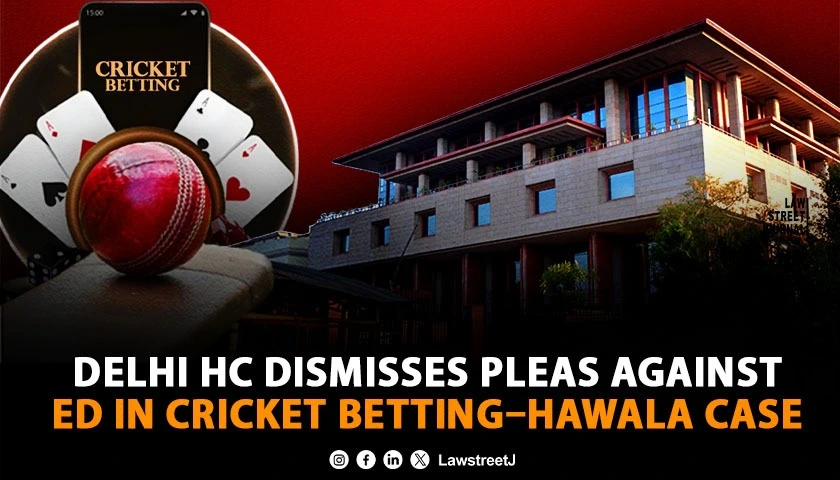

![Delhi High Court Sets Aside Arbitral Tribunal's Award Against NHAI in Highway Project Delay Case [Read Judgment]](/secure/uploads/2023/07/lj_9605_23374c2e-392c-4491-a2fe-f2f12fc5272f.jpg)
![Delhi Court Rejects Stay Request in Defamation Case Against Rajasthan CM Ashok Gehlot [Read Order]](/secure/uploads/2023/08/lj_5208_80de1ddc-d76a-4f7f-b180-408e3ae14fb4.jpg)
